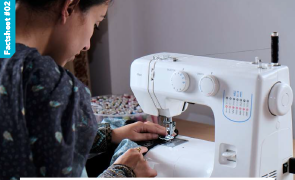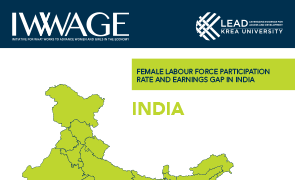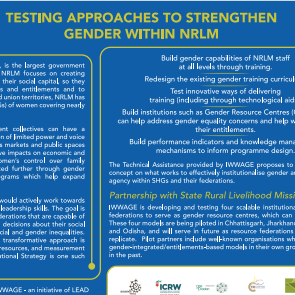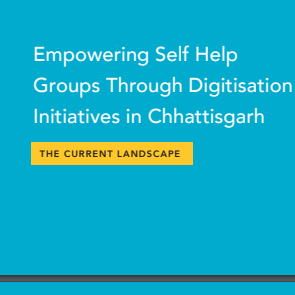
Panel Discussion on Women’s Economic Empowerment: Evidence, Policy and Practice in India
Organised by the World Bank South Asia, 12 March, 2020
As a part of the “South Asia Women in the Workforce Week”, a panel discussion was organised by the World Bank South Asia Regional Gender team in collaboration with the India Gender Platform to celebrate International Women’s Day.
The panel focused on the evidence base for policies, programs and interventions that aim to promote women’s economic empowerment in India. The panel highlighted the evidences and lessons from successful interventions, i.e. “what we know” and the existing research gaps in women’s economic empowerment in India and potential opportunities for innovation, i.e. “what’s missing”. The panel responded to some crucial questions on the evidence on women’s economic empowerment in India, and the need for more evidence. The discussion also revolved around innovative ideas for future research, policy, and practice and the lessons to be learned from other countries and regions.
Speakers also shared their motivation that gives hope and drive and to continue their respective invaluable work. They also shared examples of efforts in South Asia and India that inspires a shift in the current thinking and practice on women’s economic empowerment.
The panellist included, Rohini Pande (Henry J. Heinz II Professor of Economics, Director of the Economic Growth Center, Yale University), Jayati Ghosh (Professor of Economics, Jawaharlal Nehru University), Jorge Coarasa (Program Leader, World Bank), Yamini Atmavilas (India Lead, Gender Equality, The Bill and Melinda Gates Foundation), and Soumya Kapoor (Head, IWWAGE)




















































